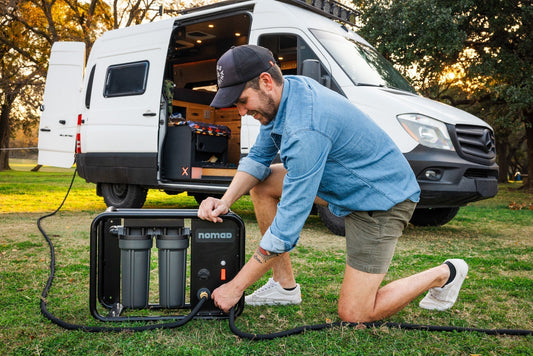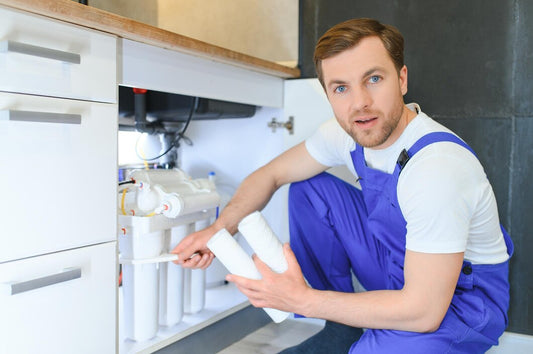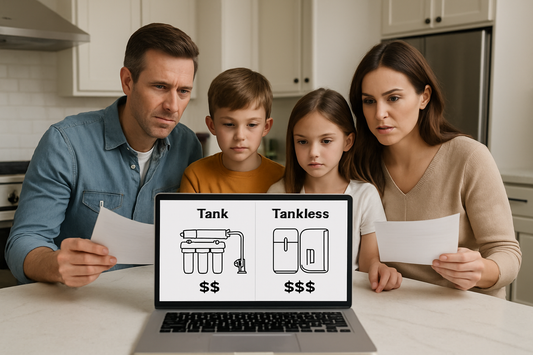Why Choose a Pentair System for Pool Cleaning?
When it comes to keeping your pool in tip-top shape, the Pentair pool vacuum system stands out as a paragon of efficiency. But why exactly should you opt for Pentair over other brands? For starters, Pentair is known for its robust construction and innovative technology that simplifies pool maintenance. Whether you're dealing with a leaf-laden pool after a stormy night or the usual weekly touch-up, a Pentair system is designed to handle it all with ease. Plus, with user-friendly features, it's a breeze for even the most novice pool owners to operate.
Preparing for the Clean: Setting the Stage
Before you start your pool-cleaning journey, it's essential to get to know your Pentair pool system's quirks and features. This isn't just about pushing buttons and flipping switches; it's about understanding how your actions affect the cleaning process. For instance, knowing which valves to turn and when can mean the difference between a spotless pool and a frustrating day of trial and error.
And let's talk about gear. You wouldn't go into a sword fight with a butter knife, right? Similarly, you need the right equipment for pool vacuuming. Ensure you have a vacuum head that's suitable for your pool's surface, a telescopic pole for those hard-to-reach spots, and a hose long enough to traverse your watery domain.

Image by rawpixel.com on Freepik
Step-by-Step Vacuuming Process
Step 1: Powering Up the Skimmer
Your skimmer is like the mouth of your pool, gobbling up all the debris that comes its way. But to really supercharge it, you'll need to adjust your Pentair system to full skimmer mode. This is like giving your pool a shot of espresso; it boosts the skimmer's suction power, making your vacuuming session much more effective.
Step 2: Assembling the Vacuum
Now, it's time to put together your trusty vacuum. This isn't rocket science, but it does require attention to detail. You want to make sure everything is snug and secure because a vacuum that falls apart mid-clean is no fun for anyone.
Step 3: Priming the Vacuum with Water
Think of priming your vacuum with water as the warm-up before the big race. It's all about getting the air out of the system to ensure that when you're ready to go, your vacuum doesn't choke and sputter but glides smoothly along the pool floor, sucking up debris like a champ.
Step 4: The Vacuuming Technique
Vacuuming your pool is almost therapeutic. There's a rhythm to it—back and forth, back and forth—like a dance with the water. Start with the big, ugly debris that's just lounging on your pool floor, then methodically work your way to the smaller stuff. It's about being thorough but also about being smart; don't just wave your vacuum wand around willy-nilly.
Step 5: Post-Vacuum Pool Care
After you've vacuumed, don't just toss your equipment in the shed and call it a day. Take a moment to brush down the walls and steps of your pool. This isn't just about cleanliness; it's about preventing future problems like algae, which can turn your pool from a clear blue paradise into a murky swamp.

Advanced Tips for Efficient Pool Vacuuming
Ensuring a Tight Seal for Maximum Suction
A tight seal is the secret sauce to a successful vacuuming session. If your vacuum is hissing and wheezing and not sucking up much of anything, check your connections. A little tweak here and there can make all the difference, ensuring that your vacuum works at peak efficiency.
Dealing with Stubborn Pool Debris
Sometimes, you'll come across debris that's as stubborn as a mule. It clings to the pool floor, refusing to be vacuumed up. Don't despair; with a bit of persistence and maybe a brush to loosen things up, you can conquer even the most tenacious leaves and twigs.
Maintaining Your Pentair Pool Vacuum
Routine Checks and Maintenance
A well-maintained vacuum is a happy vacuum. Keep an eye on your equipment, checking for wear and tear, and give it a good clean now and then. This isn't just busywork; it's about ensuring that when it's time to clean, your vacuum is ready to go, not clogged up with last month's dirt.
Troubleshooting Common Issues
Even the best pool vacuums can have an off day. Maybe it's lost suction, or it's making a strange noise. Don't panic; often, the solution is as simple as clearing a clog or replacing a worn part. Get to know the most common issues and how to fix them, and you'll save yourself a lot of headaches.
The Benefits of a Clean Pool
Health and Safety Considerations
A clean pool isn't just about aesthetics; it's about health. Dirty pools can harbor all sorts of nasty bacteria and algae that can make swimmers sick. By keeping your pool clean, you're not just making it look good; you're making it safe for everyone who takes a dip.
Enhancing the Longevity of Your Pool
Regular vacuuming isn't just about the here and now; it's about the future. By keeping your pool clean, you're preventing damage to the lining, the filter, and the pump. Think of it as an investment in the longevity of your pool, saving you money and hassle in the long run.

Image by cookie_studio on Freepik
Conclusion: Enjoying a Crystal-Clear Pool
In the end, a clean pool is a source of pride, joy, and relaxation. With a little effort and the right techniques, your Pentair system can help you maintain a pool that's always ready for a swim. So roll up your sleeves, grab that vacuum, and get ready to enjoy the clear, blue waters that are just a few steps away.
FAQs
How often should I vacuum my pool with a Pentair system?
Ideally, vacuum once a week or more frequently if needed.
Can I use the Pentair vacuum on an above-ground pool?
Yes, if it's compatible with the pool's filtration system.
What should I do if my Pentair vacuum loses suction?
Check for blockages, ensure tight connections, and verify the filter is clean.
How can I prevent algae from forming even after vacuuming?
Maintain chemical balance, circulate water properly, and use a pool cover.
Is it necessary to brush the pool before vacuuming?
Yes, it dislodges debris for a more effective vacuuming.






